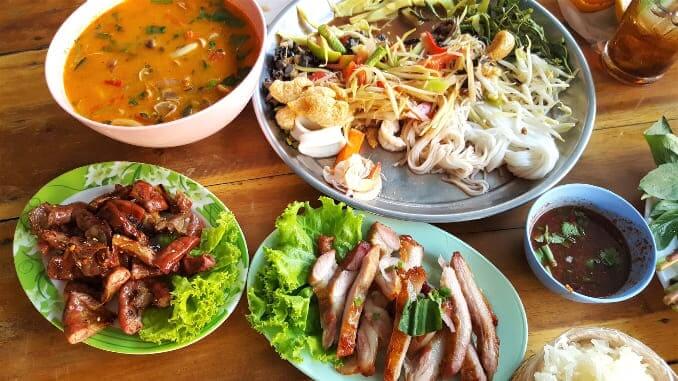How the Thai Government Made the Whole World Fall in Love with Thai Food
Photo by Jerome Jome/Unsplash
Food may not always be an obvious source of power. But as the substance that not only keeps us alive but also in many ways brings us meaning—ritual, community, nourishment—it should go without saying that food is a powerful force, one that has the ability to shape what we eat, what we think, who we are. It’s understandable, then, that some would seek to harness this force. One example is gastrodiplomacy, when food is leveraged to essentially build a nation’s brand and strengthen ties with other countries.
One of the most successful gastrodiplomacy campaigns is an initiative launched by Thailand in 2002 called “Global Thai.” The goal of this program was to increase tourism and food exports to boost the Southeast Asian country’s economy. To say it was successful is an understatement. Within a decade, the number of Thai restaurants in the world had almost doubled, largely thanks to loans the Thai government distributed to people willing to open restaurants abroad.
When the initiative began, an article in the Economist said that the program could “subtly help to deepen relations with other countries.” It seems to have worked. Go to any suburban town, midsize city or booming metropolis in the United States, and you’ll undoubtedly find at least one, if not many, Thai options to choose from. Pad Thai (which doesn’t exactly originate from Thailand) can be found at Thai restaurants and sports bars alike. And Thailand is now considered one of the world’s top tourist destinations, with travelers flying all over the world to experience the country’s bustling cities, idyllic beaches and, yes, incredible food scene. The Global Thai program undoubtedly drove some of that popularity; there’s been a 200% increase in tourism to Thailand since the initiative was launched.
-

-

-

-

-

-

-

-

-

-

-

-

-

-

-

-

-

-

-

-

-

-

-

-

-

-

-

-

-

-

-

-

-

-

-

-

-

-

-

-








































